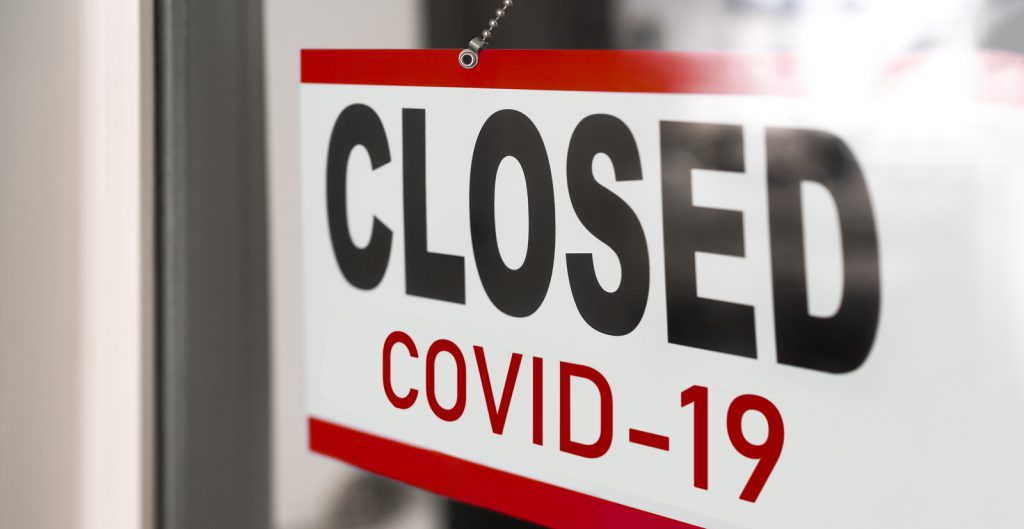
If you have become unemployed as a result of COVID-19, or expect to become unemployed in the near future, you are not alone. Over the last three weeks, about 17 million Americans have filed for unemployment benefits. Many experts expect this figure to rise even higher in the coming weeks.
Luckily, there is some relief. The CARES Act—signed into law on March 27—provides additional cash to people who lose their jobs during this crisis. Not only does the Act provide more money than normally available under state law, but it also provides unemployment benefits to new types of workers, like independent contractors and sole proprietors. Let’s take a closer look at these changes and how you can seek help if you need it.
Expanding Existing Unemployment Benefits
First, the law expands the pre-existing unemployment benefits available in each state. Look to your state’s law to understand the basics of its unemployment insurance program (who is eligible, how many weeks are covered, etc.). If you qualify to receive benefits under your state’s unemployment program, then the federal government will provide additional funding to you under the Federal Pandemic Unemployment Compensation (FPUC) program.
This program provides $600 to unemployed people, in addition to what their state program provides. You should remember that this benefit is considered taxable income, but it will not be used toward Medicaid or CHIP eligibility determinations. This special program runs from April 5 to July 31.
The other expanded benefit has to do with the amount of time you can receive unemployment insurance. Each state determines how long it provides unemployment benefits to an individual. As this chart shows, most states provide the benefits for 26 weeks. However, under the new Pandemic Unemployment Emergency Compensation (PUEC) program, if you have already used the full number of weeks under your state’s program and are no longer eligible, the federal government will provide up to 13 extra weeks of benefits, for a maximum of 39 weeks total. If any of those 13 weeks occur before July 31, then for those weeks you would receive the normal state payment amount and the extra $600 payment under FPUC.
New Unemployment Benefit Coverage
The benefits we have discussed so far are all expansions of underlying state benefits. However, there is one important feature of the CARES Act that provides a totally new unemployment benefit—coverage for new types of workers. The Pandemic Unemployment Assistance (PUA) program provides benefits to “individuals who do not qualify for regular unemployment compensation and are unable to continue working as a result of COVID-19.” As the Department of Labor explains, this includes “self-employed workers, independent contractors, and gig workers.” One important caveat is that if you can telework for pay or if you are receiving any paid leave benefits, you will not be eligible for PUA benefits.
PUA provides up to 39 weeks of benefits, and is retroactive back to when your unemployment began. The amount you will receive is based on the amount of income you last reported. The minimum you will receive is 50 percent of your state’s normal (excluding special federal programs) average weekly benefit amount. The maximum you can receive is the state’s maximum weekly benefit amount. These amounts vary greatly by state. If you receive PUA, you will also receive the $600 FPUC payments through July 31.
How to Get Started and Apply for Benefits
First, you need to check with your state’s unemployment insurance program. You can find links and contact information for your state’s program here. Then, see what options your state is offering. If you are filing for unemployment because you lost your job, you should apply through the regular channels, and your state should be adding the FPUC payment to what you are owed. If you are self-employed or only qualify for PUA and not normal state unemployment insurance, then you need to see if your state has developed the application process for PUA. Because these changes to the law have come so quickly, not all states’ systems are up and running for the PUA program. If you only qualify for PUA, do not apply for basic unemployment insurance. Contact your state about how to apply or look for guidance telling you the exact date for when the PUA application will open.
—
Even with benefits, losing your job can make your financial situation stressful. You will want to make a plan to meet your basic needs and then put extra money toward your debts and other obligations. For help reviewing your budget and making a personalized plan, contact a credit counselor today.